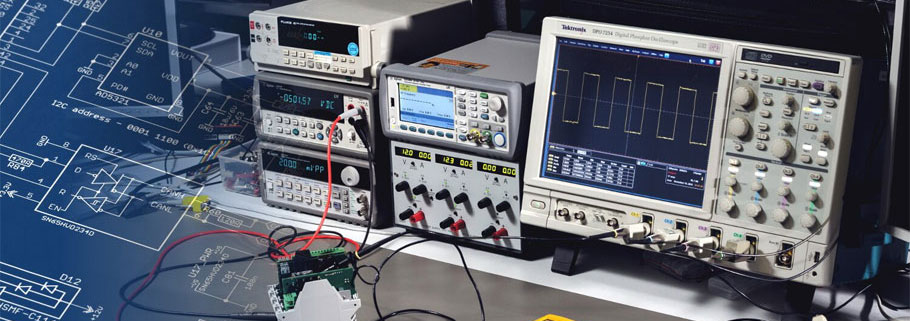Electronic design is a multidisciplinary field that encompasses various aspects of designing electronic systems and devices. It involves the integration of hardware and software components to create functional and efficient electronic products. This article will explore the different aspects of electronic design and the specific product areas where they are applied.
One of the fundamental aspects of electronic design is circuit design. This involves the creation of electronic circuits that perform specific functions. Circuit design includes selecting and connecting electronic components such as resistors, capacitors, transistors, and integrated circuits (ICs) to create a desired electrical behavior. The design process also includes considering factors such as power consumption, signal integrity, noise reduction, and thermal management.
Another crucial aspect of electronic design is printed circuit board (PCB) design. PCBs are used to mechanically support and electrically connect electronic components. PCB design involves creating a layout that optimizes the placement and routing of components on the board. Designers must consider factors such as signal integrity, power distribution, electromagnetic compatibility (EMC), and manufacturability. Advanced PCB design tools are used to create high-quality layouts that meet these requirements.
Embedded systems electronics design is another important aspect of electronic design. Embedded systems are specialized computer systems designed to perform specific tasks within larger systems. They are typically composed of a microcontroller or microprocessor, memory, input/output interfaces, and other peripherals. Embedded systems design involves selecting the appropriate hardware and software components, designing the system architecture, and implementing the necessary algorithms and control logic.
Digital design is a key aspect of electronic design that focuses on designing digital circuits and systems. It involves the use of digital logic gates, flip-flops, registers, and other digital components to create complex digital systems. Digital design encompasses various subfields such as combinational logic design, sequential logic design, and finite state machine design. Designers use hardware description languages (HDLs) such as VHDL or Verilog to describe and simulate digital designs before implementation.
Analog design is another aspect of electronic design that deals with designing circuits that process continuous signals. Analog circuits are used in various applications such as amplifiers, filters, and sensors. Analog design involves selecting appropriate components, designing circuits that meet specific performance requirements, and considering factors such as noise, distortion, and power consumption. Simulation tools are used to analyze and optimize analog designs before prototyping.

Power supply electronics design is a specialized aspect of electronic design that focuses on designing circuits and systems for power conversion and control. Power electronics are used in applications such as power supplies, motor drives, renewable energy systems, and electric vehicles. Power electronics design involves selecting and designing components such as power transistors, diodes, and inductors, as well as designing control algorithms for efficient power conversion.
RF (Radio Frequency) design is another important aspect of electronic design that deals with designing circuits and systems for wireless communication. RF design involves working with high-frequency signals and designing circuits that transmit and receive these signals with minimal loss and interference. RF design is used in applications such as wireless communication systems, radar systems, and satellite communication systems.
Electronic design is applied in various product areas, including consumer electronics, telecommunications, automotive, industrial automation, medical devices, and aerospace. In consumer electronics, electronic design is used to create products such as smartphones, tablets, laptops, and audio/video equipment. In telecommunications, electronic design is used to develop communication systems, network infrastructure, and wireless devices. In the automotive industry, electronic design is used to create advanced driver assistance systems (ADAS), infotainment systems, and electric vehicle components. In industrial automation, electronic design is used to develop control systems, robotics, and sensor networks. In the medical field, electronic design is used to create medical devices, imaging systems, and patient monitoring systems. In aerospace, electronic design is used to develop avionics systems, satellite communication systems, and navigation systems.
In conclusion, electronic design encompasses various aspects such as circuit design, PCB design, embedded systems design, digital design, analog design, power electronics design, and RF design. These aspects involve selecting components, designing circuits and systems, considering factors such as power consumption, signal integrity, and thermal management, and using simulation tools to analyze and optimize designs. Electronic design is applied in various product areas, including consumer electronics, telecommunications, automotive, industrial automation, medical devices, and aerospace. The field of electronic design continues to evolve as technology advances, enabling the creation of innovative and efficient electronic products.
If you are looking for a china professional electronic design company, please contact us. Contact Topscom Now: Email: sales@topscom.com.cn Mobile: +86-13502814037 Ms.Angelina Joo


